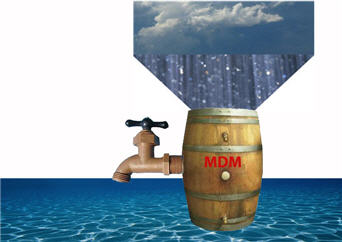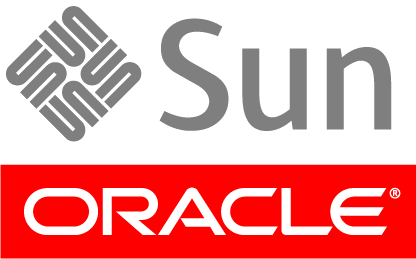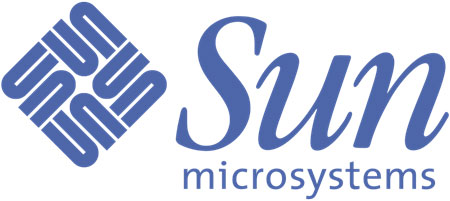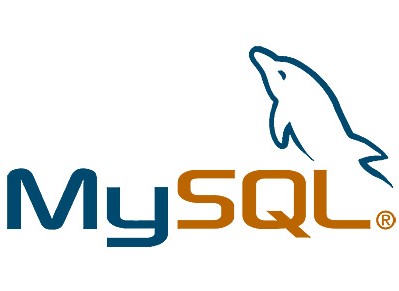Here's the National Institute of Standards and Technology Cloud definition:
- Cloud computing is a model for enabling convenient, on-demand network access to a shared pool of configurable computing resources that can be rapidly provisioned and released with minimal management effort or service provider interaction.
Cloud architectures have three main layers: applications or Software as a Service (SaaS), Platforms as a Service (PaaS), and Infrastructure as a Service (IaaS). SaaS generally refers to applications that are delivered to end-users over the Internet. Oracle CRM On Demand is an example of a SaaS application. Today there are hundreds of SaaS providers covering a wide variety of applications including Salesforce.com, Workday, and Netsuite. Oracle MDM applications are located in this layer of Oracle's On Demand enterprise Cloud platform. We call it Master Data as a Service (MDaaS). PaaS generally refers to an application deployment platform delivered as a service. They are often built on a grid computing architecture and include database and middleware. Oracle Fusion Middleware is in this category and includes the SOA and Data Integration products used to connect SaaS applications including MDM. Finally, IaaS generally refers to computing hardware (servers, storage and network) delivered as a service. This typically includes the associated software as well: operating systems, virtualization, clustering, etc.
Cloud Computing benefits are compelling for a large number of organizations. These include significant cost savings, increased flexibility, and fast deployments. Cost advantages include paying for just what you use. This is especially critical for organizations with variable or seasonal usage. Companies don't have to invest to support peak computing periods. Costs are also more predictable and controllable. Increased agility includes access to the latest technology and experts without making significant up front investments.
While Cloud Computing is certainly very alluring with a clear value proposition, it is not without its challenges. An IDC survey of 244 IT executives/CIOs and their line-of-business (LOB) colleagues identified a number of issues:
- Security - 74% identified security as an issue involving data privacy and resource access control.
- Integration - 61% found that it is hard to integrate Cloud Apps with in-house applications.
- Operational Costs - 50% are worried that On Demand will actually cost more given the impact of poor data quality on the rest of the enterprise.
- Compliance - 49% felt that compliance with required regulatory, legal and general industry requirements (such as PCI, HIPAA and Sarbanes-Oxley) would be a major issue. When control is lost, the ability of a provider to directly manage how and where data is deployed, used and destroyed is negatively impacted.
There are others, but I singled out these four top issues because Master Data Management, properly incorporated into a Cloud Computing infrastructure, can significantly ameliorate all of these problems. Cloud Computing can literally rain raw data across the enterprise.
 According to fellow blogger, Mike Ferguson, "the fracturing of data caused by the adoption of cloud computing raises the importance of MDM in keeping disparate data synchronized."
According to fellow blogger, Mike Ferguson, "the fracturing of data caused by the adoption of cloud computing raises the importance of MDM in keeping disparate data synchronized."
David Linthicum, CTO Blue Mountain Labs blogs that "the lack of MDM will become more of an issue as cloud computing rises. We're moving from complex federated on-premise systems, to complex federated on-premise and cloud-delivered systems."
Left unmanaged, non-standard, inconsistent, ungoverned data with questionable quality can pollute analytical systems, increase operational costs, and reduce the ROI in Cloud and On-Premise applications.
As cloud computing becomes more relevant, and more data, applications, services, and processes are moved out to cloud computing platforms, the need for MDM becomes ever more important. Oracle's MDM suite is designed to deal with all four of the above Cloud issues listed in the IDC survey.
- Security - MDM manages all master data attribute privacy and resource access control issues.
- Integration - MDM pre-integrates Cloud Apps with each other and with On Premise applications at the data level.
- Operational Costs - MDM significantly reduces operational costs by increasing data quality, thereby improving enterprise business processes efficiency.
- Compliance - MDM, with its built in Data Governance capabilities, insures that the data is governed according to organizational standards. This facilitates rapid and accurate reporting for compliance purposes.
Oracle MDM creates governed high quality master data. A unified cleansed and standardized data view is produced. The Oracle Customer Hub creates a single view of the customer. The Oracle Product Hub creates high quality product data designed to support all go-to-market processes. Oracle Supplier Hub dramatically reduces the chances of 'supplier exceptions'. Oracle Site Hub masters locations. And Oracle Hyperion Data Relationship Management masters financial reference data and manages enterprise hierarchies across operational areas from ERP to EPM and CRM to SCM. Oracle Fusion Middleware connects Cloud and On Premise applications to MDM Hubs and brings high quality master data to your enterprise business processes.

An independent analyst once said "Poor data quality is like dirt on the windshield. You may be able to drive for a long time with slowly degrading vision, but at some point, you either have to stop and clear the windshield or risk everything." Cloud Computing has the potential to significantly degrade data quality across the enterprise over time. Deploying a Master Data Management solution prior to or in conjunction with a move to the Cloud can insure that the data flowing into the enterprise from the Cloud is clean and governed. This will in turn insure that expected returns on the investment in Cloud Computing will be realized.
Oracle MDM has proven its metal in this area and has the customers to back that up. In fact, I will be hosting a webcast on Tuesday, April 10th at 10 am PT with one of our top Cloud customers, the Church Pension Group. They have moved all mainline applications to a hosted model and use Oracle MDM to insure the master data is managed and cleansed before it is propagated to other cloud and internal systems. I invite you join Martin Hossfeld, VP, IT Operations, and Danette Patterson, Enterprise Data Manager as they review business drivers for MDM and hosted applications, how they did it, the benefits achieved, and lessons learned. You can register for this free webcast here. Hope to see you there.
Theo Oracle
- Mạo danh website Pico để lừa đảo
- Tội phạm mạng chiếm đoạt 114 tỷ USD/năm
- Facebook đã mất 40.000 USD cho hacker
- Đảm bảo an toàn cho cổng thông tin điện tử
- Thế giới mạng bước vào kỷ nguyên bất an
- Web “nội” điêu đứng vì thiếu đầu tư bảo mật
- Bkis: 100% ngân hàng điện tử hổng bảo mật
- Những lỗ hổng của mạng ngân hàng
- Java EE 7 specification gets unanimous approval
- Oracle releases Java mobile development framework
- Google releases full Android 3.0 SDK
- Security experts: No Java fix in OS X leaves Macs vulnerable
- Tìm hiểu siêu virus đang đe dọa công nghiệp toàn cầu
- IBM sẽ chế tạo siêu máy tính mạnh nhất thế giới
- 5 kĩ năng CNTT không thể thiếu của tương lai
- IE9 chặn mã độc tốt gấp hơn 5 lần Firefox







